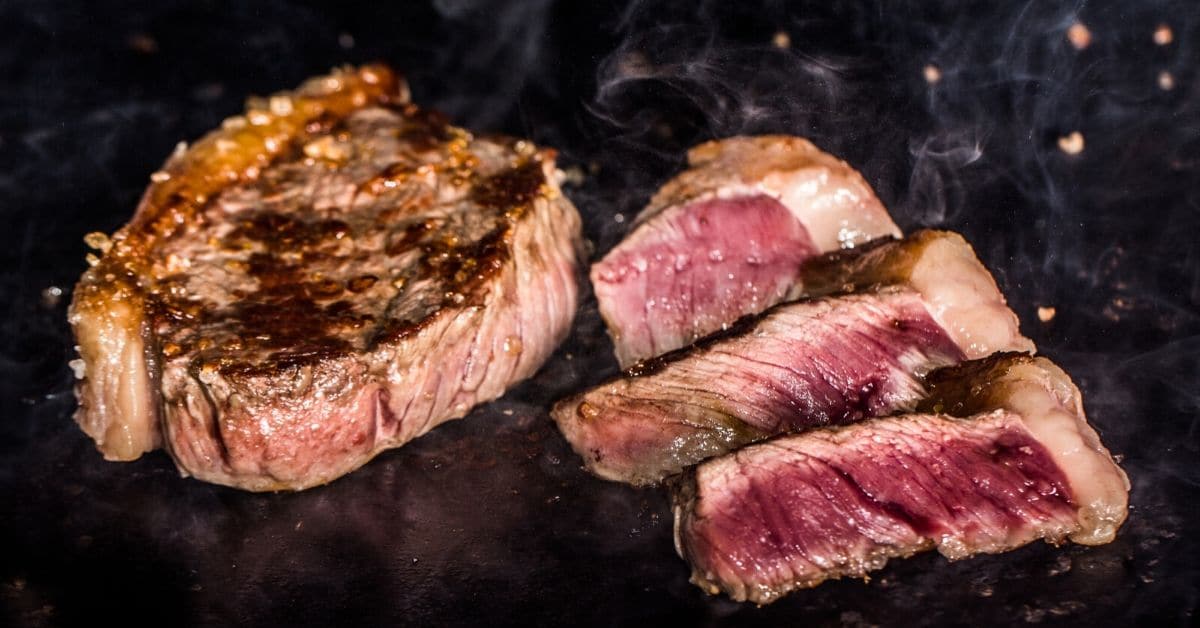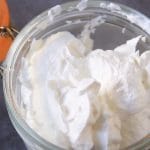Quick summary: Yes, blue cheese will go bad. How long it will last depends mainly on the cheese production method and packaging, so pay attention.
If you’re a big fan of moldy cheeses, you’ve probably already become an expert for their deviations in taste and smell, so you know how to recognize when it’s time to replace your stock. But such experts are rare, at least not with 100% certainty. Mostly we are curious if the product is good, so we discard it after some time as a precaution.
Blue cheese is made from a type of mold called Penicillium. Of course, it is an edible mold and is responsible for the dark spots and the specific taste of the cheese. At the same time, such an appearance makes it difficult to recognize when the cheese has started the spoilage process. We bring you everything you need to know about this dairy delicacy.
How Long Does Blue Cheese Last?
Answering the question of how long blue cheese can last is a bit tricky. There are various versions of these cheeses on the market and just as many different packaging. Depending on the cheese production method and packaging, the producers determine the best shelf life within which they guarantee quality.
Here are some basic guidelines that can help you.
Unopened blue cheese
On the market, you will find cheeses that only have a shelf life of one month, as well as those whose shelf life is extended up to half a year. This will also be your main compass to determine the cheese’s durability.
Of course, this period is somewhat longer, as with most food products. But for cheeses with a short shelf life, like a month, you can count on an extra few days, maybe up to a week at most. For those with a longer shelf life, like six months, you can probably count on an extra few weeks.
Opened blue cheese
The expiration date written on the label is a guide for durability even after opening the package. Be sure to use those cheeses with a short shelf life within a few days, a maximum of a week after opening. Cheeses with a long shelf life can be used for about three to four weeks. After that, throw away the product. Better safe than sorry.
Can Blue Cheese Go Bad?
Undoubtedly, blue cheese can and will go bad after a certain amount of time. It is a dairy product and, as such, cannot last forever. Since it’s inherently streaked with moldy black spots and has a strong flavor, here are some signs that can help you tell if the cheese is spoiled.
Sign 1: Altered appearance
If the cheese sits too long, especially if it has been opened, specific changes in appearance can tell you that spoilage has occurred. First, the base of the cheese, which usually is a lovely creamy color, can get darker spots or change its color to dark yellowish.
Also, the texture can vary so that the cheese is crumbly, dry, and without the original soft surface it had at the beginning. In all these cases, it’s time to throw the product away.
Sign 2: A negative mold appeared
The good mold, to call it that, from which the cheese is made, is combined with the rest of the dairy product and certainly makes a nice appearance of almost precise dark contours running through the white cheese. If you notice some cloudy spots or even shaggy spores, the product is probably affected by mold that is not good.
Sign 3: Repulsive smell
Blue cheese naturally has a strong smell as well as taste. But in case of spoilage, that smell can become very unpleasantly powerful, like ammonia. If your nose tells you that something might be wrong, be sure to follow your gut.
What Is The Best Way to Store Blue Cheese?
How you store blue cheese will primarily determine how long it will last and what its quality will be. All dairy products are not fans of unfavorable conditions, so watch your routines.
Tip 1: Always store in the refrigerator
The refrigerator is the only place you should store blue cheese. In fact, try to cut off the amount you need for the meal and return the rest to safety as soon as possible so that it only sits on the counter for a short time.
However, ensure that the refrigerator’s temperature is not too low. In this case, place the cheese lower in the refrigerator compartments to make it more comfortable.
Tip 2: Wrap before storing
Blue cheese should be wrapped before storing, so it does not lose its moisture too soon and become dry and crumbly. Choose a suitable paper wrapper and allow the cheese to breathe slightly during storage. We would not recommend using plastic wrap as this would create an airless vacuum which would actually accelerate spoilage.
FAQs
You may notice changes in appearance, such as dark spots that do not look like the initially present mold. Also, yellow spots, dry and crumbly texture. These are all signs that the cheese has expired.
It depends on what kind of cheese you have. If the product has a shorter shelf life, the period after opening can be a maximum of one week. If you have a longer-lasting product with a more extended shelf life, then you can use it for a few weeks, up to a month at most.
Yes, blue cheese can cause indigestion if you have consumed it spoiled.
Conclusion
Blue cheese is really a special delicacy with a very salty and strong taste. Follow the dates written on the packaging to best estimate how long it can last before and after opening.
Always keep the product in the fridge and wrap it in a suitable paper wrap before putting it away.
You might want to check also:
Photo by depositphotos.com/igorr1









